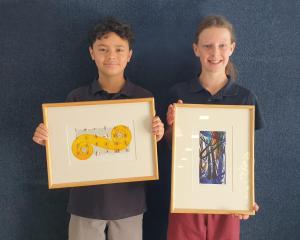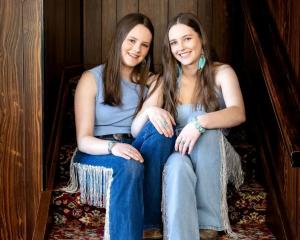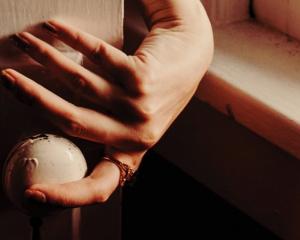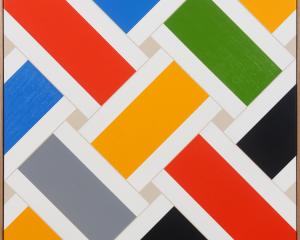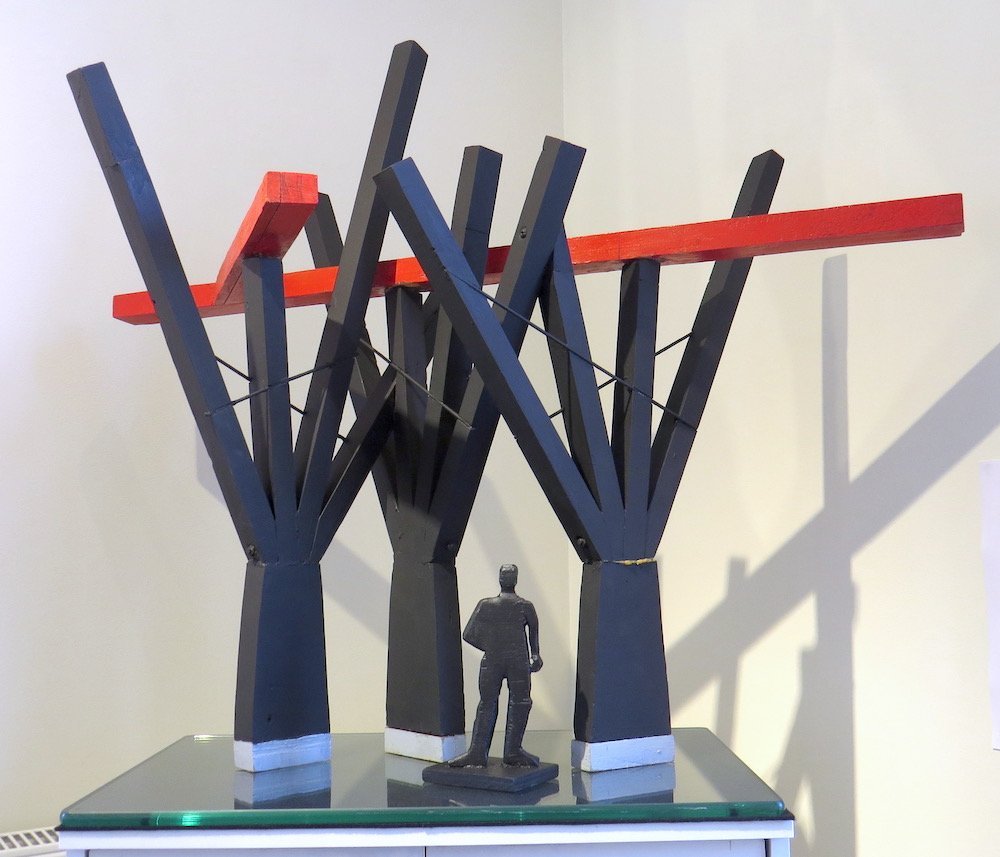
(Fe29 Gallery)
It is now four years on from the death of one of Dunedin’s most impressive and beloved sculptors, Peter Nicholls. Fe29 Gallery are honouring an artist and a friend with a retrospective of Nicholls’ work, lavishly annotated and accompanied by a wealth of information in the form of artist’s notes, news clippings, and photographs.
Nicholls’ best-known sculptures are generally large-scale outdoor installations, most notably for Dunedin audiences the wooden wingspan of Toroa on the harbour waterfront and Bridge, a large parabolic timber arch on the University Union lawn.
Much of the sculptor’s work was on a more intimate scale, and such pieces are well represented in the display with items such as Untitled (Cross) and a wonderful installation featuring a kiwi surrounded by shaped pieces of swamp kauri.
The larger public works are also represented, with the artist’s models and maquettes of several major installations on display.
Also exhibited are several of the artist’s works in metal, pieces designed to interact with light and shadow as the viewer moves around them.
Perhaps the most surprising works are a series of pastel and watercolour images, representing a largely overlooked side of the artist’s skills.
The harbour views and bird studies reflect Nicholls’ love for the natural world and his surroundings in Dunedin.
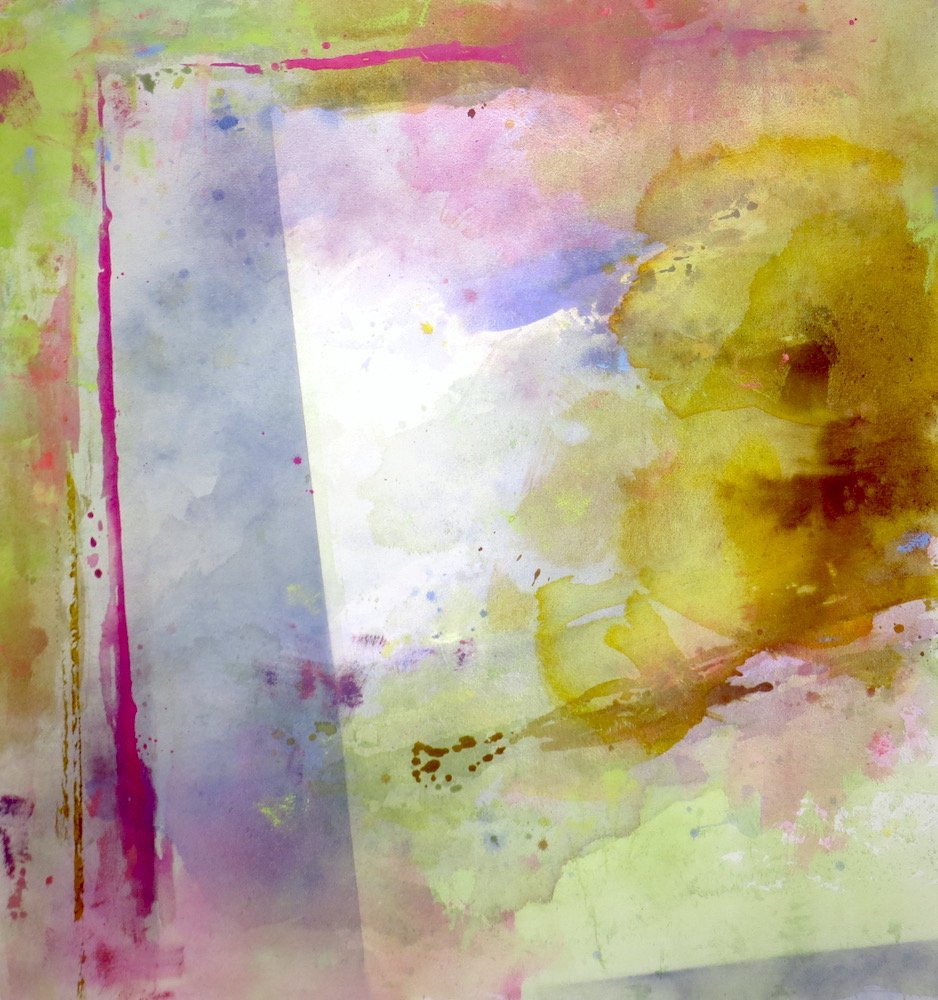
(Milford Gallery)
Amanda Gruenwald’s exhibition at Milford Gallery is a series of abstract works which explore the painting process.
Gruenwald’s usual pieces are strong, bright abstractions, created largely via the medium of sprayed acrylic.
In making these works, she has often placed her canvases on drop-cloths on the floor, and painted by standing over and walking around them.
In her latest exhibition, the artist has somewhat subverted her normal methods to create works with a philosophical depth, by attempting to re-create the drop-cloths she has previously used as her base.
Rather than seeing a finished painting, we get a view of the ground as deliberately and thoughtfully created "found art", with the muted colours of peripheral spray cut short by the hard edges of the place where a canvas would have been.
In the artist’s own words, she has elevated the incidental, turning the ground into the figure.
The art becomes dependent on the deliberately created negative spaces of the work and these the artist has extended by the use of slashes of paint forming right-angled patterns.
In several of the pieces, notably Floor Paintings 18, 22, and 27, Gruenwald has created a gestural skyscape of colour within the spaces in her design, the lines of which seem to form intangible frames around these new scenes.
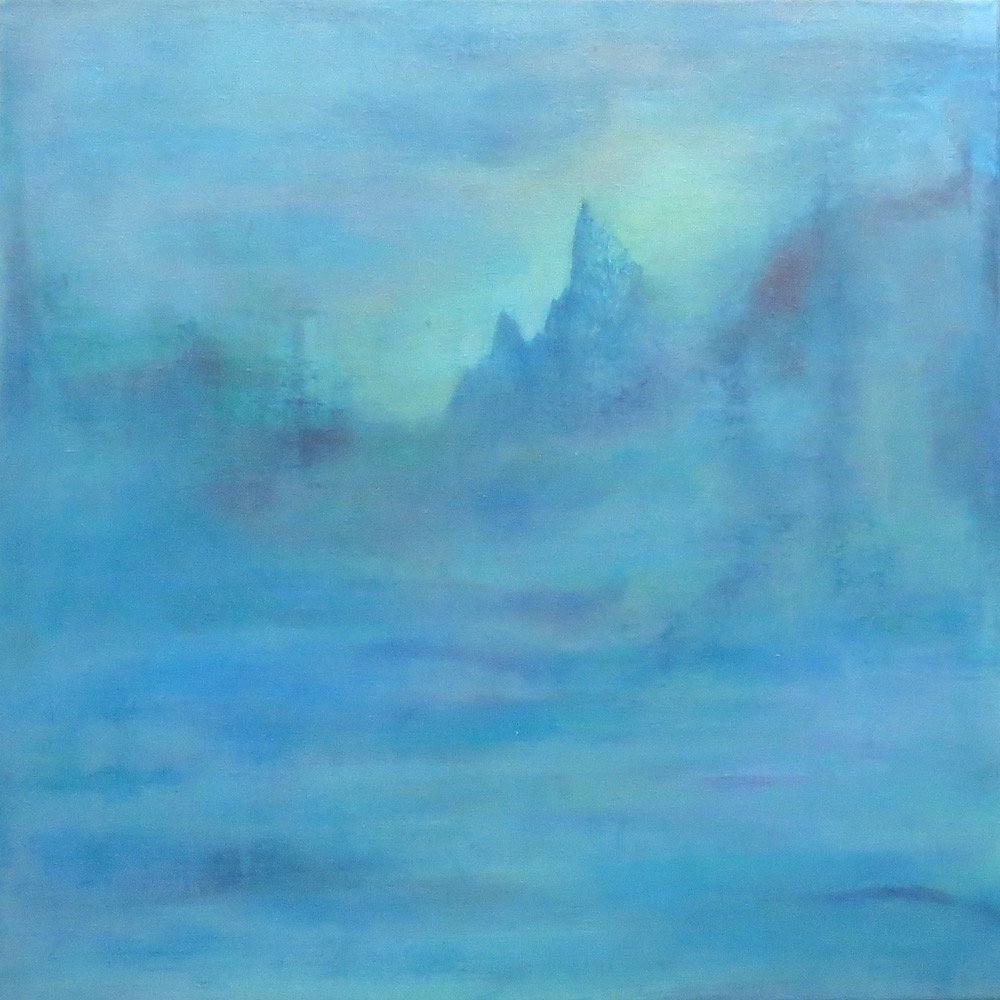
(Moray Gallery)
Abstraction is also the ostensible genre of painting employed by Trisha Bennett, though in Bennett’s case the abstraction is imbued with a subtle realism.
The artist has been inspired by recent travels in Southeast Asia, and particular meetings with Karen, Kachin and Shan children displaced by the wars of northern Myanmar.
The deep misty colours of her art reflect the emotions, ranging from despair to longing, vulnerability to resilience, which she saw in the faces of these people, while simultaneously suggesting a dreamscape of the Myanmar landscape.
The works are primarily tone studies, multiple acrylic layers of sombre blue and enlightening pink and orange becoming visual metaphors for the presence of fear and hope.
Occasionally, as in Seeking Refuge — Journey of the Innocents and Longing for Home, solid objects appear from the abstraction, though elsewhere form is only implied, as in the distant ship emerging from the mists of A New Dawn.
The best of the pieces, such as the humming land and skies of Naming + Claiming — My Mountains Will Always be Karen have an almost Turneresque Romanticism in their play of light on the half-hidden structures within the deep blue hues.
By James Dignan







